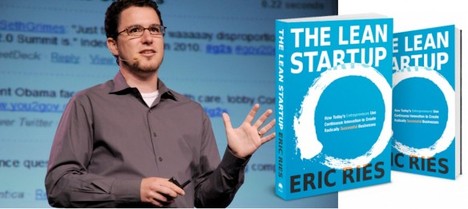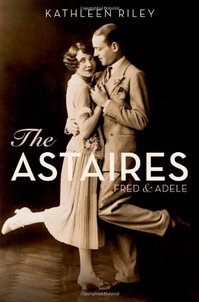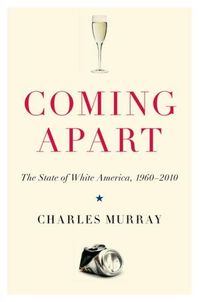(p. 138) “I had no reason to think it would be any good,” recalled Barzel, who was then a recently minted California Institute of Technology Ph.D. on the lighting team. “I knew John was absolutely brilliant as a animator of shorts. But I’ve read authors who write good short stories and crummy novels; I figured it’s a different skill. I had no reason to think John would have the skill to pull off a full-length movie.”
He expected something that animators and animation buffs might find interesting, but that probably would not have a particularly wide audience.
“I joined because I wanted the practical experience,” he said, “I thought, Well, it’s going to be the first full-length [computer-animated] movie, so it’ll be a fun thing to have been associated with, however it turns out.”
What finally made Barzel a believer was watching Lasseter at work. He found that Lasseter had an uncanny ability to shift between the macro level of the entire film and the micro level of whatever detail he was dealing with at the moment. “Looking at an individual frame — it’s meticulous work– he would always be aware of its role in the larger context of storytelling,” Barzel recalled. “He’d say something like, ‘This is the first time this character responds to that situation; it’s really important that he get the right glint in his eye.’ ” Barzel started to think, John knows what he’s doing. This movie could be really good.
Source:
Price, David A. The Pixar Touch: The Making of a Company. New York: Alfred A. Knopf, 2008.
(Note: italics and brackets in original.)
(Note: my strong impression is that the pagination is the same for the 2008 hardback and the 2009 paperback editions, except for part of the epilogue, which is revised and expanded in the paperback. I believe the passage above has the same page number in both editions.)







